Very cool to hear about the additional roll-over options… 
Wouldn’t this be going in the wrong direction? I mean, if we assume for a moment that the launch does not change, there is a 100% chance that your converted time will always be after the real launch… Meaning you are guaranteed to miss the launch.
For reference, when I did something similar to the events with no day, I always shifted it forward (closer to us), so if anything, it fired a few hours early. (better than late, IMO)
But how could we do anything useful if we are given only a month or year??
(to be honest, I do not want to see data that vague on my Dashboard)

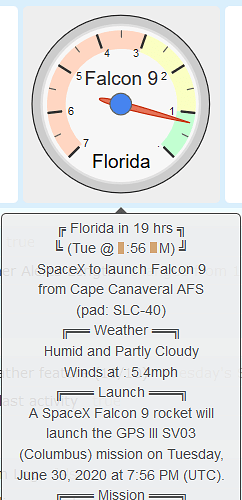
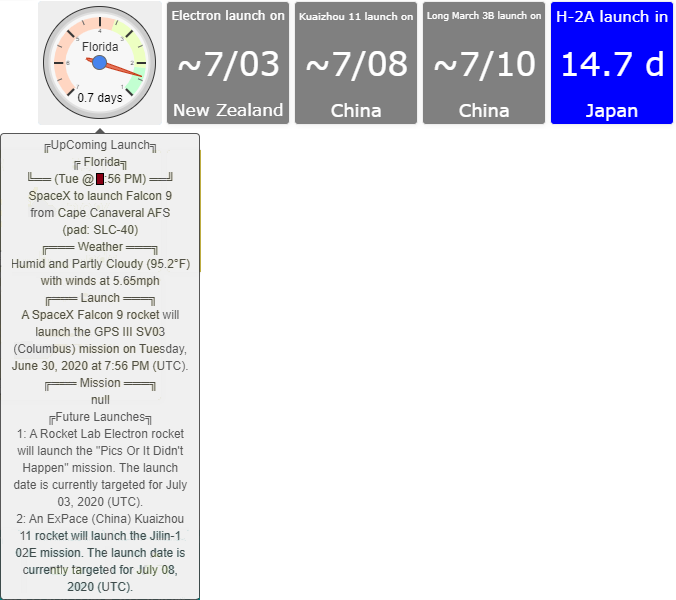
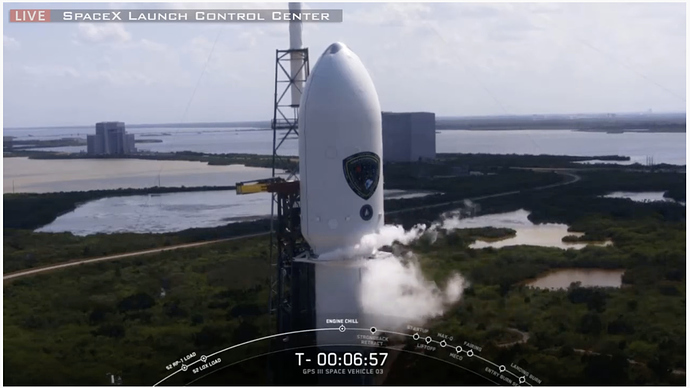
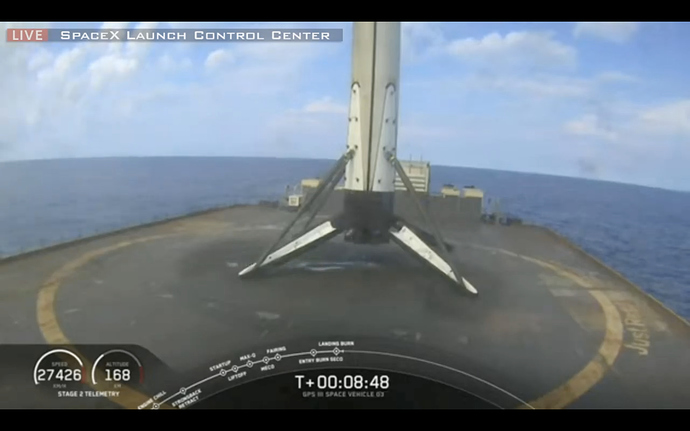
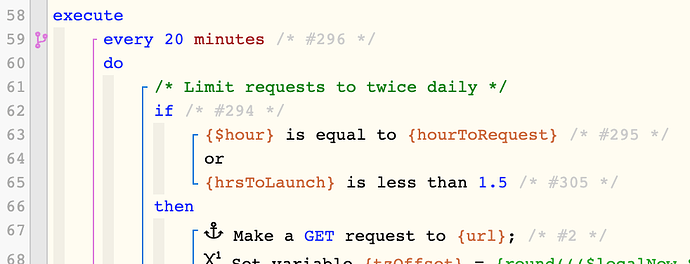
 **
**